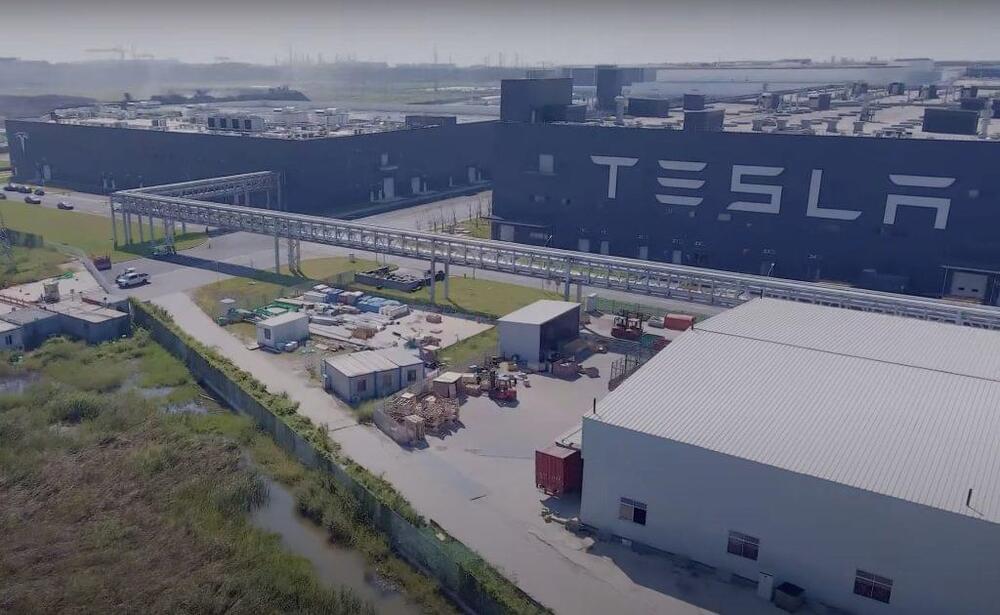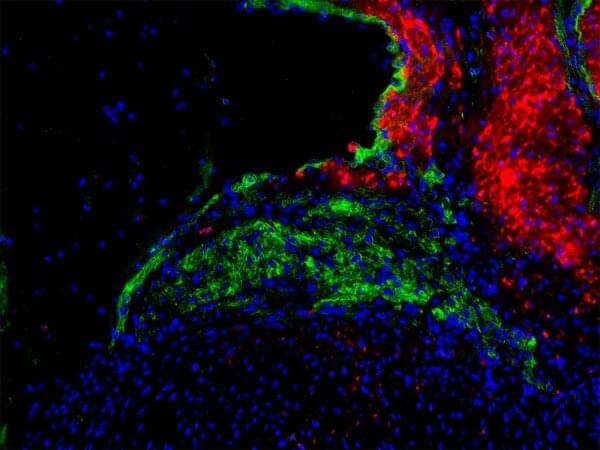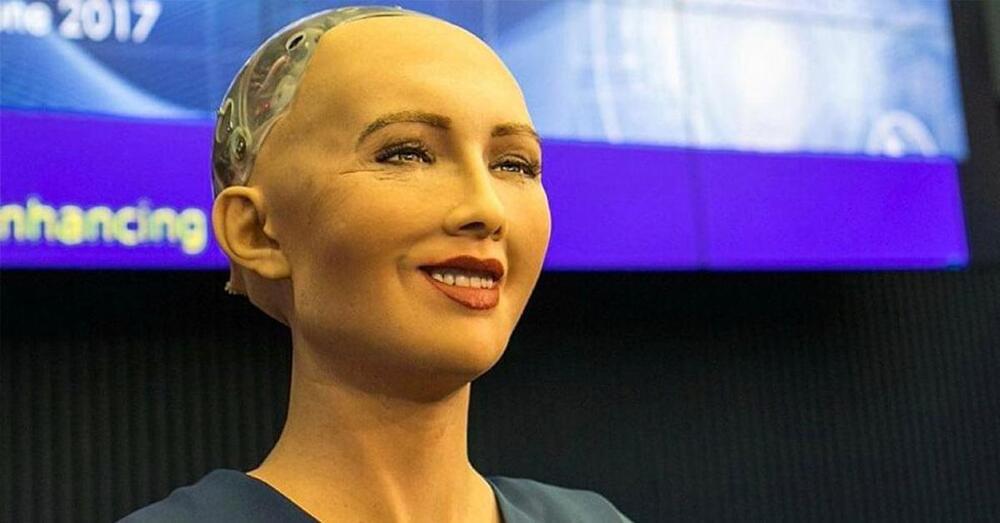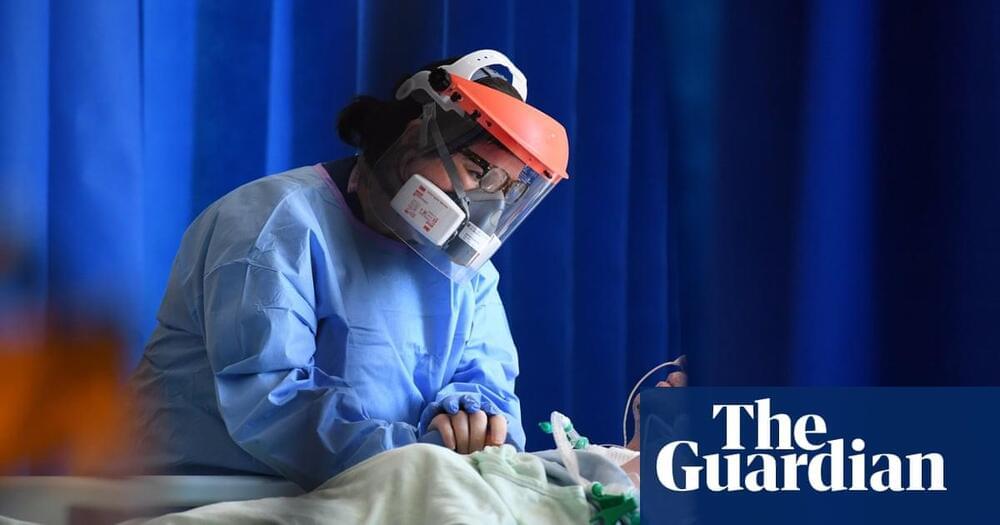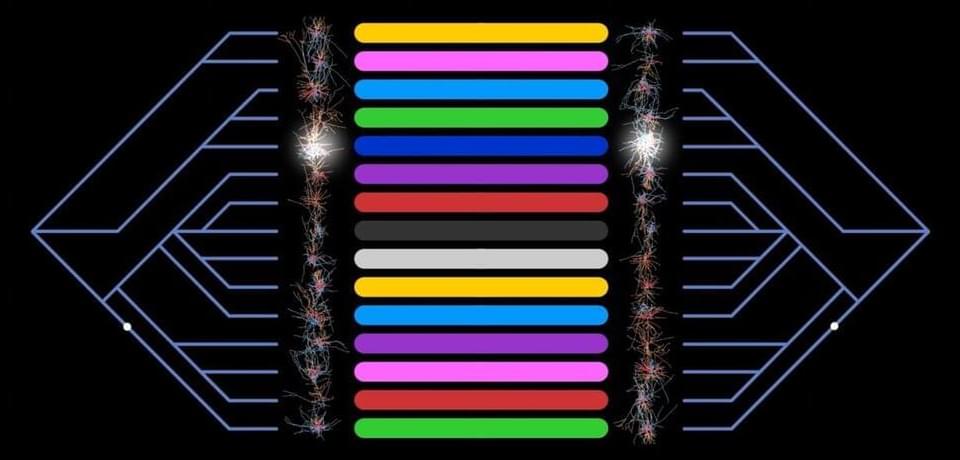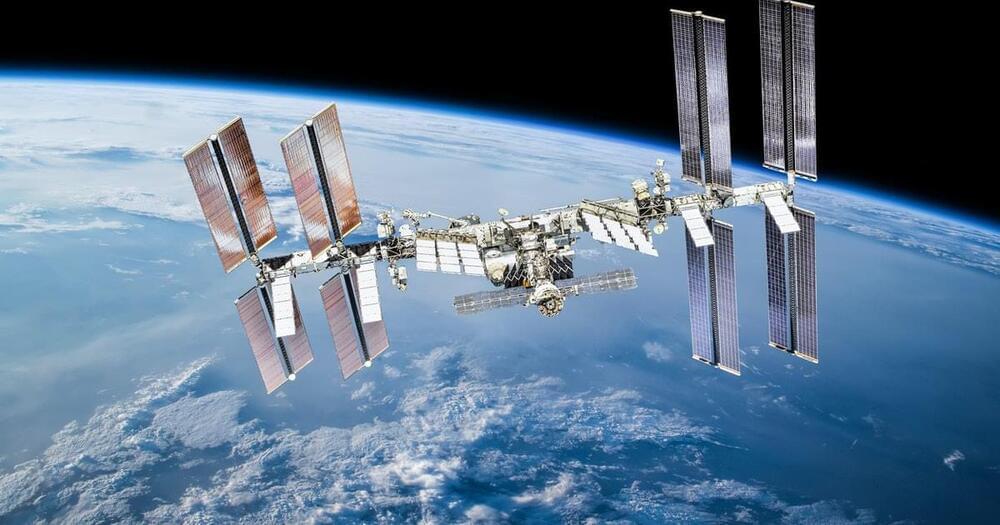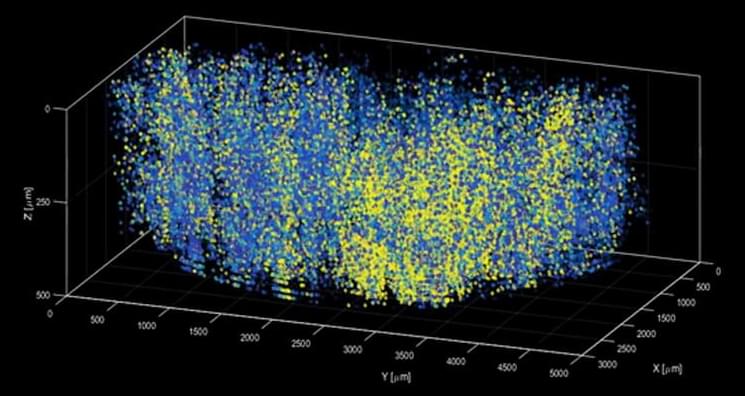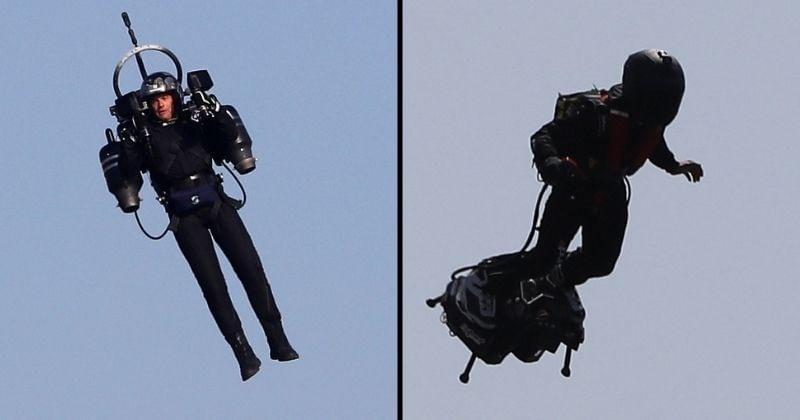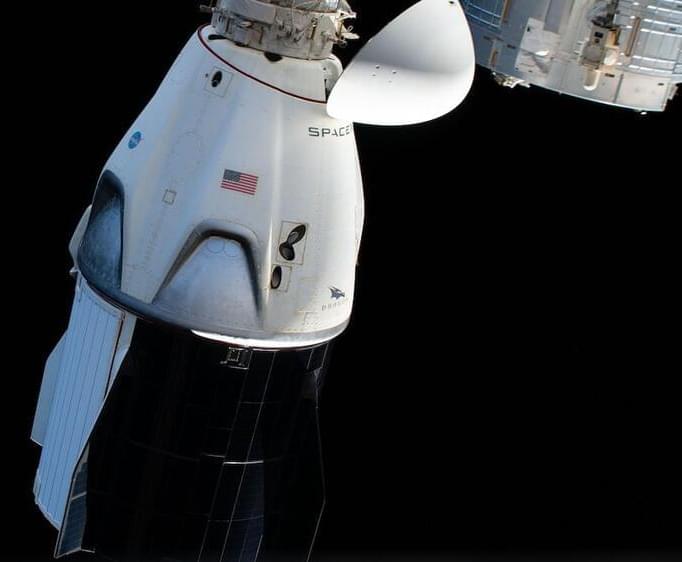Tesla Giga Shanghai has officially exceeded the Fremont Factory’s output, according to Elon Musk’s calculations. As Tesla’s main export hub, Giga Shanghai’s output will play a significant role in the company’s global growth.
“We have three new factories. Giga Shanghai has done an incredible job. And Giga Shanghai now exceeds Fremont in production,” Musk announced at the 2021 Annual Shareholders Meeting.
Musk pointed out that Tesla Giga Shanghai took roughly 11 months to build and reached full volume production a year later. Since Giga Shanghai started operations, Tesla’s production and delivery numbers have noticeably increased.
